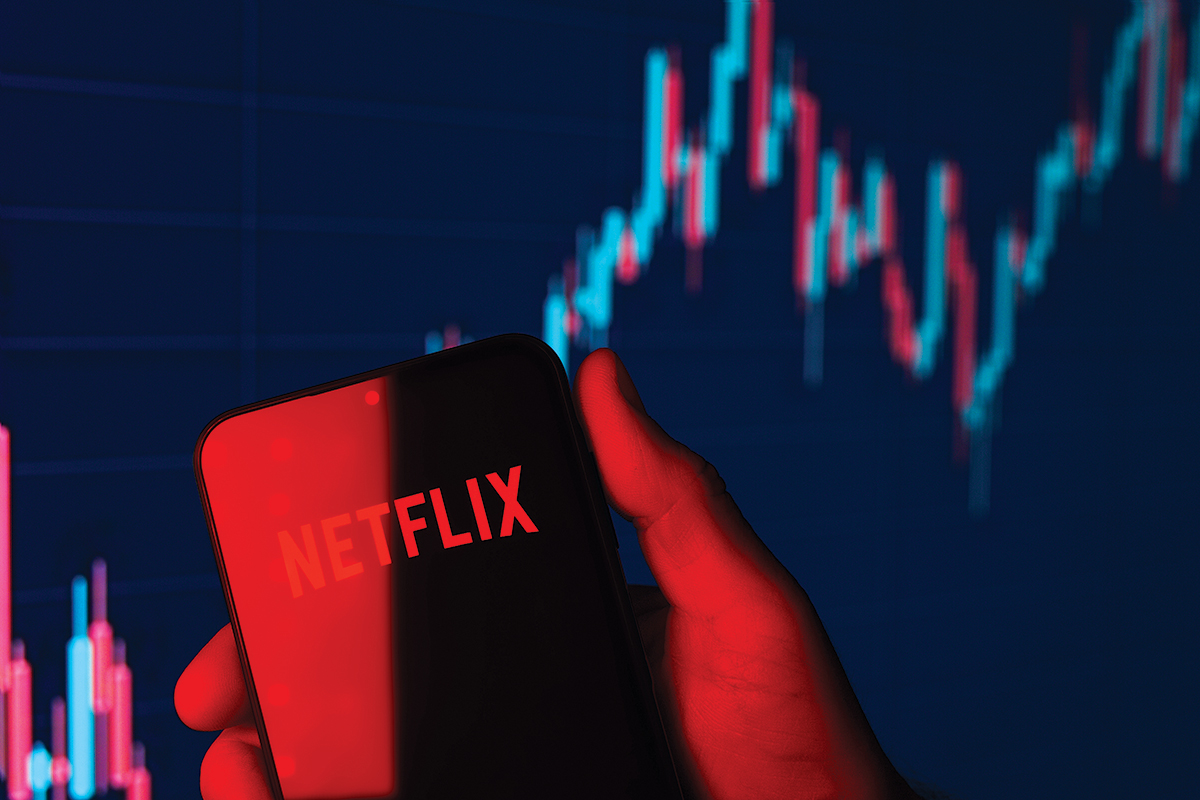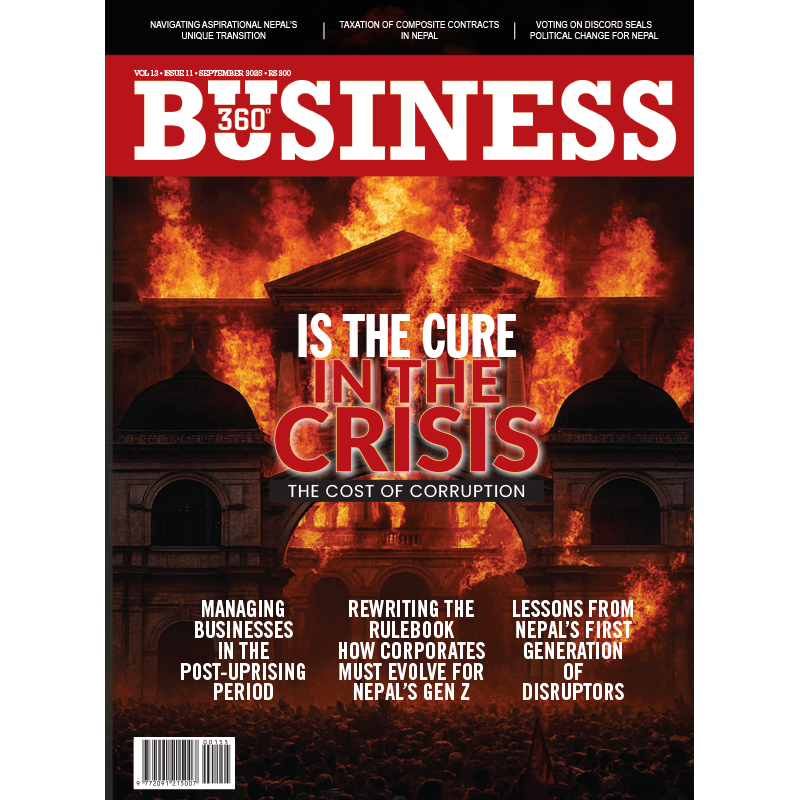
The year is 1997. It’s movie night! You hop in the car and drive to Blockbuster. When you open the door, new movies flash out from the shelves: Independence Day, Space Jam, and Baz Luhrmann’s Romeo + Juliet. Having picked out your movie – Quentin Tarantino’s Reservoir Dogs – you finally make your way to the front of the line. As the teenager working the counter hits you with a $40 late fee for Apollo 13, you can’t help but wonder if there’s a better, more convenient way to rent movies, without late fees.
A version of this story was Netflix co-founder Reed Hastings’s elevator pitch when explaining the genesis of Netflix and the problem it aimed to solve. Hastings now admits he did not actually pay $40 in late fees for Apollo 13. Yet, the true story of Netflix is much messier than a packaged anecdote.
The Austrian-born economist Joseph Schumpeter – best known for his theories of innovation – can help us understand the effects of innovations such as Netflix. In his 1942 magnum opus, Capitalism, Socialism and Democracy, Schumpeter describes the creative destruction unleashed by innovation as a process ‘of industrial mutation … that incessantly revolutionises the economic structure from within, incessantly destroying the old one, incessantly creating a new one’.
Creative destruction can do a lot of good for the economy – if we let it.
Economists have used his theory to make sense of the changes wrought by the incessant waves of innovation crashing against the economic, social, cultural and political structures of our world.
The competitive interplay between Netflix and Blockbuster can be seen as a ‘pure’ example of creative destruction, in which the benefits of creation became widely accepted, even with the accompanying destruction. This stands in contrast to the case of Uber in New York City, where officials attempted to halt creative destruction – with limited success.
Today, the US economy is on the cusp of the next great wave of technological innovation. The launch of ChatGPT and the rise of Nvidia’s stock price signal the beginnings of the new Age of AI. Yet amid this uncertainty, the history of previous innovations illuminates the possible paths forward and what the future holds for American businesses and workers. The stories of Blockbuster and Netflix versus Uber and New York taxicabs – and a certain economist from Austria – light the way.
A Giant’s Rapid Rise—and Precipitous Fall
For over two decades, Blockbuster was a colossus and household icon. By 2019, only one Blockbuster in Bend, Oregon, remained – a stunning collapse. How did this come to be?
Blockbuster was founded in 1985 by David Cook, whose company provided computer software to the Texas oil and gas industry. Using his experience in data management, Cook designed Blockbuster to work off a hub-and-spokes model, whereby a central warehouse held huge stocks of new movies, and used Cook’s predictive model to ship the right types and numbers of movies out to individual stores. With inventory concentrated offsite, it was cheap to open new Blockbuster stores.
Today, the US economy is on the cusp of the next great wave of technological innovation. The launch of ChatGPT and the rise of Nvidia’s stock price signal the beginnings of the new Age of AI. Yet amid this uncertainty, the history of previous innovations illuminates the possible paths forward and what the future holds for American businesses and workers.
In 1987, just two years later, Wayne Huizenga, an American serial entrepreneur and investor, acquired Blockbuster for an undisclosed sum. The company’s growth went supersonic. At one point, Blockbuster was opening a new store every 17 hours!
At the peak of the company’s growth in 2004, it had 9,100 stores, employed 84,300 people, and had $6 billion in revenue. Just 16 years later, 9,099 of those stores had closed.
Blockbuster was no match for a confluence of new technologies, business models and competitors. As Schumpeter noted, incumbent firms can be slow to innovate and vulnerable to creative destruction. Blockbuster’s confidence made it vulnerable to two threats circling the waters.
The first threat was DVD technology. DVDs were smaller, cheaper, more durable, offered better picture quality than VHS tapes, and enabled Hollywood studios to sell movies directly to the public. This posed a threat to Blockbuster, which acted as a rental intermediary between the expensive, studio-produced VHS tapes and budget-conscious consumers.
Blockbuster had a way out of this predicament – and missed it. In 1997, Warner Brothers offered to allow Blockbuster to rent out Warner Brothers DVDs before they were sold to the public, in exchange for a 40% cut. Blockbuster rejected the deal. Warner Brothers then extended the same deal to Wal-Mart, which accepted it. Wal-Mart quickly surpassed Blockbuster as the studio’s biggest source of revenue. Schumpeter would not be surprised.
The second threat was a subscription-based business model that did away with late fees. In 2000, late fees brought in $800 million for Blockbuster – but also substantial consumer resentment. Netflix, founded in 1997, pioneered a subscription-based model in which consumers paid a flat monthly fee to rent a fixed number of movies.
In 2000, Blockbuster had an opportunity to purchase Netflix for $50 million. In a now-ironic moment, Netflix co-founder Marc Randolph notes that Blockbuster CEO John Antioco and other executives laughed the Netflix leadership out of the room! Again, Schumpeter would not be surprised.
Netflix opened a new market – no one had used the mail to deliver DVDs before. Another innovation was a predictive algorithm on the Netflix website that would suggest new movies. After viewing each movie, users could rate it, and the algorithm would use users’ watch histories and ratings to predict what they might be interested in next.
Netflix’s business model took Blockbuster’s weaknesses and exploited them. Blockbuster’s many store locations, once an asset, became too numerous for quality control, leading to an unreliable user experience. Netflix was fully online, offered a user-friendly interface, and could be accessed from a customer’s couch. And of course, Blockbuster’s revenue was largely fuelled by the infamously unpopular late fees, an issue Netflix sidestepped entirely.
By January 2010, Blockbuster shares were down 91% from their peak, and the company was delisted from the New York Stock Exchange. In 2011, Blockbuster filed for bankruptcy.
If Blockbuster is the destruction in our case study, Netflix is the creation. Likewise, at the beginning of the Age of AI, ChatGPT and its competitors are examples of the creation. The destruction will be businesses and workers unable or unwilling to innovate in the face of the displacements caused by software like ChatGPT, most likely in white-collar work, such as computer coding.
But as with previous waves of innovation, those displaced are bound to find new roles in the changed landscape that are unimagined today. Who in the 1990s could have considered creating online content an occupation?
The case of Netflix versus Blockbuster shows how, left to thrive in a free and functioning market, Schumpeter’s gale of creative destruction blows with incredible power – improving quality of life through innovation but sometimes leaving a trail of destruction in its wake, as in Blockbuster’s case. But what happens when creation is not fully accompanied by destruction?
Uber Cuts into New York Taxis’ Lane
The competitive interplay between Uber and taxicabs in New York City can be seen as an ‘impure’ example of creative destruction. Uber had a rough entry into New York City, running into entrenched monopolies, millions of lobbying dollars, and clashing political egos.
Ironically, it was the taxicabs that were once the innovators, arising from the creative destruction of the horse-drawn carriage. Taxis released no horse manure, moved around much more quickly than horses, and required no rest.
By the 1930s, New York had over 30,000 drivers, working longer hours and charging ever-lower fares. Riders became concerned about safety, fearing that cab drivers were deferring the maintenance.
Out of these concerns came licensing: The City of New York would hand out a fixed number of taxi licences, called medallions. Supporters argued that medallions would artificially limit the supply of taxis, pushing up the price of taxi rides but reducing congestion on city streets and ensuring safe rides. In 1937, Mayor Fiorello La Guardia introduced the official taxi licence and medallion system, still in use today.
As the economy recovered after the Great Depression, so did the demand for taxi services, but the city kept the number of licences the same. Medallion prices skyrocketed. Regulation and unionisation then followed.
New York City taxicabs had become a publicly sanctioned monopoly and cab companies ran their market space uncontested by competitive forces. It is no surprise then that the taxi industry was blindsided by a novel approach to urban transportation that upended how it had operated since the days of the horse-drawn buggy.
When allowed to run its course, creative destruction fuels economic growth and ultimately leads to improved standards of living and new ways of doing things that are unimagined today.
In October 2011, two taxi medallions were auctioned off for a record $1 million each – and Uber entered New York City. Uber was cashless, available on demand, and often cheaper.
Taxicab companies were forced to up their game – adopting cashless payment machines, online booking, and lower fares. But that wasn’t all.
The taxi companies also lobbied the New York City government for protective regulations that limited Uber’s growth and kept the taxicab companies alive – showing that creative destruction is not always guaranteed, especially when incumbents can block the competitive advantage of new entrants and thus ensure their own survival.
The stories of Netflix and Uber help us understand the possible futures in the Age of AI. In industries where innovation is allowed to flourish and run its course, we can expect changes as new firms arise, displace older firms, and become new market leaders. Industries with entrenched political protections will lobby for government protection to resist the effects of technological change.
Both paths promise much disruption and uncertainty. But, as Schumpeter well knew, when allowed to run its course, creative destruction fuels economic growth and ultimately leads to improved standards of living and new ways of doing things that are unimagined today.




-1758107444.jpg)


